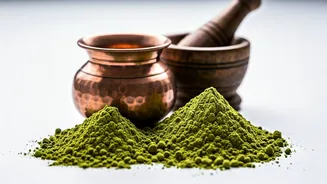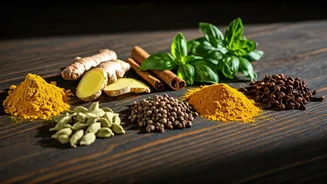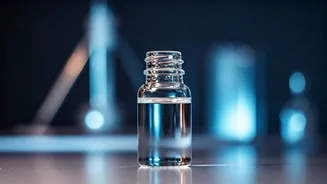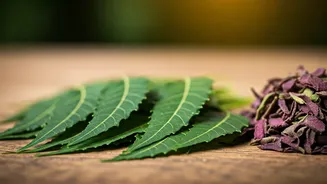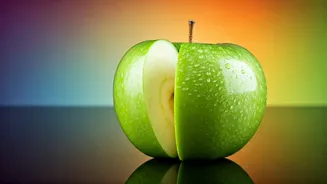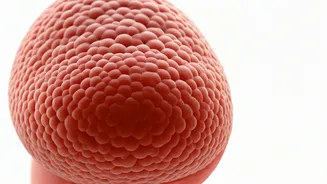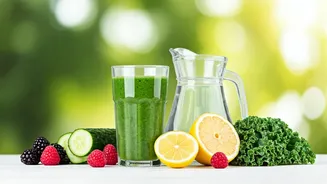Embracing Abhyanga
Abhyanga, the initial phase, is more than just a massage; it's a therapeutic experience. This step involves a full-body massage utilizing warm, medicated
oils. Different oils, such as sesame, coconut, or almond, are chosen based on individual constitution (prakriti) and the season. The massage aims to balance the doshas (Vata, Pitta, and Kapha), improve blood circulation, and nourish the skin. The methodical strokes, often following specific patterns, help in releasing muscle tension, alleviating fatigue, and promoting relaxation. Regular Abhyanga is believed to slow down the aging process and enhance overall vitality. It also plays a vital role in detoxification by helping the body eliminate accumulated toxins. The warmth of the oil further soothes the nervous system, reducing stress and anxiety. This ancient practice underscores the interconnectedness of the body and mind, emphasizing the holistic approach to health.
Crafting Ubtan Bliss
The second essential element is Ubtan, a custom-made paste, traditionally prepared at home, using natural ingredients. This concoction usually comprises gram flour (besan), turmeric (haldi), sandalwood powder (chandan), herbs, and sometimes, yogurt or milk. Ubtan is applied all over the body after the Abhyanga massage and left to dry. Its primary function is to exfoliate the skin, removing dead cells and impurities. The ingredients in Ubtan, such as turmeric, possess antiseptic and anti-inflammatory properties, which help to heal minor skin issues and lend a natural glow. The application of Ubtan is an important step in cleansing the skin. Furthermore, Ubtan is believed to brighten the skin tone and leave it feeling soft and supple. The fragrant herbs also offer a refreshing sensory experience. The ritual of preparing and applying Ubtan underscores a dedication to natural skincare and self-care.
Completing the Snan
The final stage involves Snan, or bathing. After the Ubtan has dried, the body is rinsed with warm water. This completes the cleansing process, washing away the Ubtan and leaving the skin refreshed. The warmth of the water, coupled with the previous steps, assists in opening up the pores, thus enhancing the detoxification process. Snan serves not only as physical cleansing but also as a time for mental purification. After the Snan, the individual often feels rejuvenated, energized, and ready to face the day. The traditional approach to Snan highlights the concept that physical cleanliness is a pathway to internal peace and overall well-being. This completes the holistic practice of Abhyanga Ubtan Snan, leaving the individual feeling refreshed, and invigorated.
